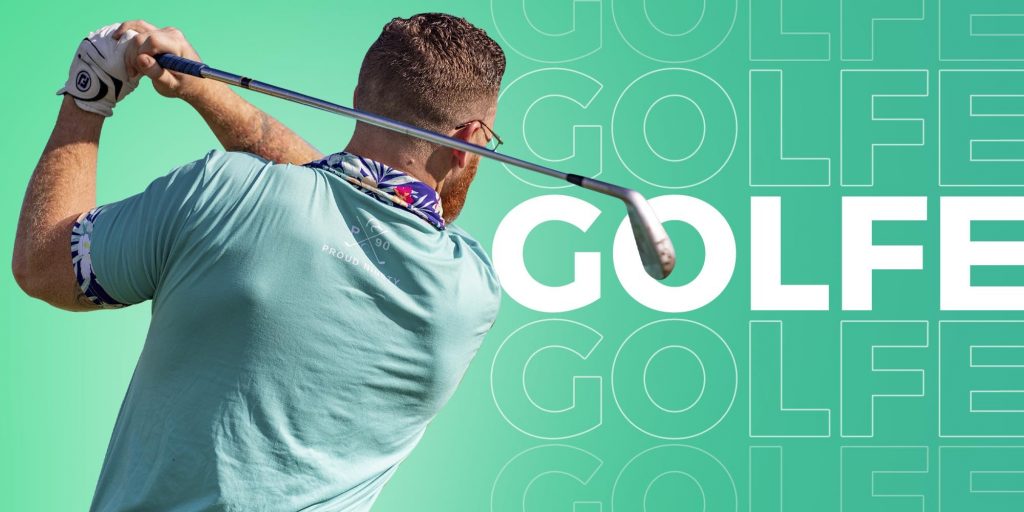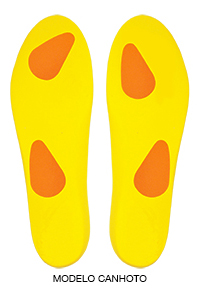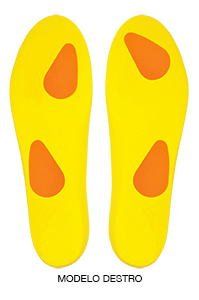
Golf is an ancient and widely practiced sport today, mainly in the recreational field. It is always played on courses with 18 holes with different routes, in open spaces, trying to put the ball in the holes with the fewest possible shots. Recreationally, there are also minigolf courses, which are smaller with different routes, sometimes including obstacles or even indoors.
The most important movement when playing golf is called swing, which is the whole movement of the player’s body, from the preparation for the hit to the deceleration of the club after hitting the ball. Of course, the action of the arms is most noticeable during the swing. Still, behind that action, the whole body is creating a firm foundation for harmonic and stable movement and for the goal of hitting the ball with power and precision.
The torso stabilizes the movement and transmits the force from the lower to the upper limbs. The legs create a base for the body, help generate strength, and make the movement harmonious.
MAIN INJURIES IN GOLF
If there is any technical error, muscle imbalance, or misalignment, the swing will not be good, and the player may suffer injuries. The major injuries in golf are:
- Low back pain, as the trunk musculature, may not be prepared for the rotation movements required by the sport;
- In the elbow, as some misalignment, excessive training, or technique error ends up overloading, in general, the inside part of this joint, called the golfer’s elbow;
- On the wrist, because, also due to a technical error, the region can be overloaded.
Load distribution on the feet and the relationship between the lower limbs and the ground on the swing reflect all the movement techniques and harmony. Considering that the swing is the most important part for a golfer, some specific shoes and insoles can improve sports performance.
The sole is the most significant part of the shoes because they need to stabilize movement. In addition, the arrangement of the spikes is different between the feet because each foot makes a different movement depending on the player’s dominance (whether the golfer is left-handed or right-handed).
Likewise, the insole used in footwear needs to be different for each dominance and have adaptations to absorb the greatest pressures during movement, in addition to providing stability, support for the feet, and comfort during walks between plays.
INSOLES TO PLAY GOLF
Feet Without Pain insoles for golf help distribute plantar pressure, bringing greater comfort to the athlete and reducing his pain. For this, the insole supports the plantar arch, a region that does not receive pressure during the swing, and shock absorbers that relieve the points with a lot of pressure. The arch also increases feet stability when hitting the ball, as well as a perfect adaptation of the foot to the shoe, improving performance and reducing the risk of injury.
Shock absorbers are placed at points that receive greater pressure during the swing of the shot, and this varies whether the person is right-handed (stands with the left foot in front during the shot) or left-handed (stands with the right foot in front during the shot).
The areas of greatest pressure for righties are the lateral midfoot, the second and third metatarsals of the right foot, and the lateral midfoot and first metatarsal of the left foot. For those who are left-handed, the opposite happens. See an example of plantar pressures in golf movement, according to research by Paul Worsfold, 2009:
Therefore, the dampers are strategically placed under the areas with the highest pressure exerted during the swing, according to the player’s dominance. With this, we can obtain increased comfort and performance for the player.





